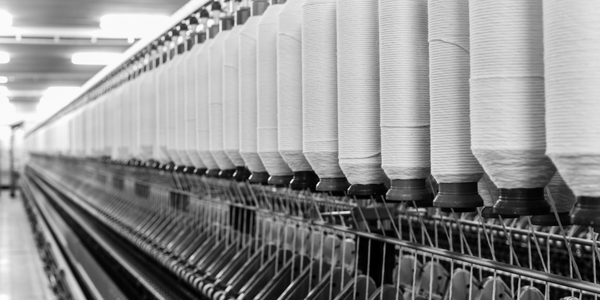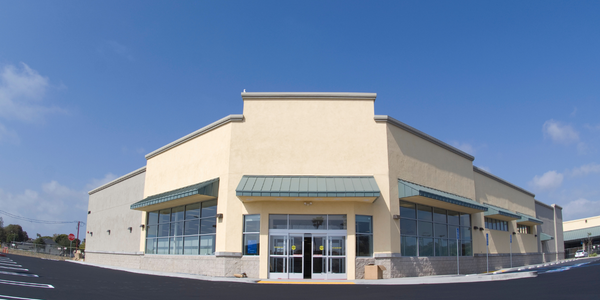公司规模
Mid-size Company
地区
- America
国家
- United States
产品
- Sage 100 ERP
- Radio Beacon™ WMS
技术栈
- Warehouse Management System
- ERP System
实施规模
- Enterprise-wide Deployment
影响指标
- Cost Savings
- Productivity Improvements
技术
- 功能应用 - 企业资源规划系统 (ERP)
- 功能应用 - 仓库管理系统 (WMS)
适用行业
- 服装
适用功能
- 仓库和库存管理
用例
- 库存管理
服务
- 系统集成
关于客户
The Game 是美国大学书店和大型运动服装连锁店中排名第一的头饰品牌。该公司设计、进口、装饰和分销带有球队名称刺绣的徽标服装,主要是帽子。它还拥有 NASCAR 头饰和服装的著名许可,销售给赛道边的供应商、特许商店和在线客户。The Game 拥有内部刺绣业务,每天两班倒,配有数字化设备,可实现高质量生产和快速周转。十位艺术家和设计师使用最新技术来创造动态设计。一家姊妹公司为体育公司生产自有品牌服装商品。另一家公司运营着一个拥有 200 名员工的呼叫中心和配送中心,提供 24x7 特殊计划和产品的订购服务。
挑战
The Game 是一家领先的运动服装品牌,经历了显著的增长,其仓储功能也变得越来越复杂。1999 年,该公司新建了一座 120,000 平方英尺的建筑,用于仓储和配送,希望实现规模经济。然而,这一举措却适得其反。这座建筑太大了,很难找到任何东西。该公司需要一个仓库管理系统,该系统可以与现有的 Sage 100 ERP 集成,以提供具有简化效率和无缝数据流的综合解决方案。
解决方案
The Game 的经销商在 Sage 的年度合作伙伴会议上发现了仓库管理系统 RADIO BEACON™ WMS,并了解到该产品与 Sage 100 ERP 集成。经销商随后引入了 Sage 100 ERP 主开发人员 SWK,他曾创建过 RADIO BEACON 集成。经销商担任整个实施的外部项目经理。事实证明,Sage 100 ERP 和 RADIO BEACON 是极佳的解决方案。如今,数据无缝地从后台流向仓库,然后再流回,整个过程完全无纸化。销售和采购订单以电子方式发送到仓库。他说,会计人员“欣喜若狂”,因为他们不再需要将数据输入电子表格。
运营影响
数量效益

Case Study missing?
Start adding your own!
Register with your work email and create a new case study profile for your business.
相关案例.

Case Study
Fire Alarm System and Remote Monitoring Sytem
Fire alarm systems are essential in providing an early warning in the event of fire. They help to save lives and protect property whilst also fulfilling the needs of insurance companies and government departments.Fire alarm systems typically consist of several inter-linked components, such as smoke detectors, heat detector, carbon monoxide, manual call points, sounders, alarm and buzzer. The fire alarm system should give immediate information in order to prevent the fire spread and protect live and property.To get maximum protection a shoe manufacturer in Indonesia opted for a new fire alarm system to monitor 13 production sites spread over 160 hectars. Although the company had an existing fire alarm system, it could not be monitored remotely.It was essential that the new system would be able to be monitored from a central control room. It needed to be able to connect to the existing smoke detector and manual call point. Information should be easily collected and passed on to the Supervisory Control and Data Acquisition (SCADA) system. Furthermore, the system should have several features such as alarm management, auto reporting, being connected to many client computers without additional cost, and run 24/7 without fails. The company also needed a system which could be implemented without changing the architecture of the existing fire alarm system.

Case Study
IoT Applications and Upgrades in Textile Plant
At any given time, the textile company’s manufacturing facility has up to 2,000 textile carts in use. These carts are pushed from room to room, carrying materials or semi-finished products. Previously, a paper with a hand-written description was attached to each cart. This traditional method of processing made product tracking extremely difficult. Additionally, making sure that every cart of materials or semi-finished products went to its correct processing work station was also a problem. Therefore, the company desired an intelligent solution for tracking assets at their factories. They also wanted a solution that would help them collect process data so they could improve their manufacturing efficiency.

Case Study
Retailer Uses RFID Scanner to Improve Efficiency
Patrizia Pepe wished to improve the logistics of their warehouse: accepting incoming goods from their production sites, movement of items throughout
the warehouse, and packaging of goods for distribution to the retail locations. They initially tried to use barcodes for this function. Because barcodes must be individually scanned within a line-of-sight, the acceptance of goods coming into the warehouse was too time consuming. Working with the University of Florence, Patrizia Pepe instituted a five-month pilot project beginning in August of 2009 to test the validity of an RFID solution. The pilot involved tagging of about 60,000 items for the second seasonal collection, and convinced the company to move forward with tagging all items.

Case Study
Monitoring and Controlling Automatic Mixing and Dispensing Machines
As technology advances, textile manufacturing has been transformed from a labor-intensive to a partially or fully automated industry. Automation is significant in all segments of textile production - from spinning to printing, and textile machinery manufacturers are constantly searching for new technologies and automation processes will increase the productivity of their machines. The color paste mixing and dispensing machine is an essential part of the printing and dyeing process. With the advantage of automatically computerized controls and database management, the system can significantly improve its dispensing precision, working efficiency and production quality as well as reducing material consumption.









